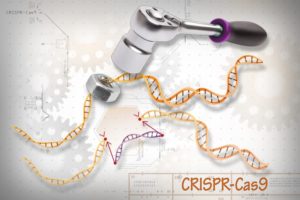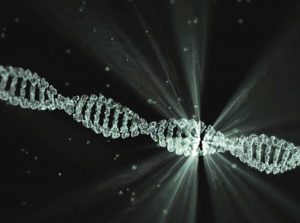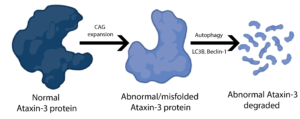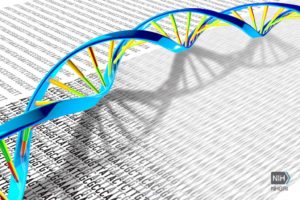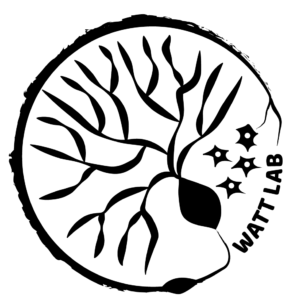
Spotlight: The Watt Lab
Principal Investigator: Dr. Alanna Watt Location: McGill University, Montreal, Canada Year Founded: 2011 What disease areas do you research? SCA6 ARSACS Aging Basic questions about how the cerebellum functions. What models and techniques do you use? Animal models of ataxia and aging Electrophysiology Imaging RNA sequencing Behavioural assays Research Focus Read More…




